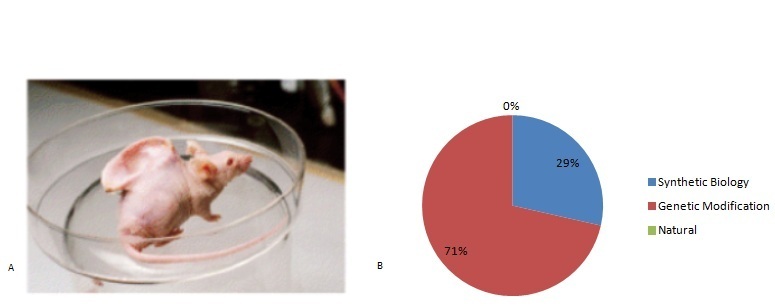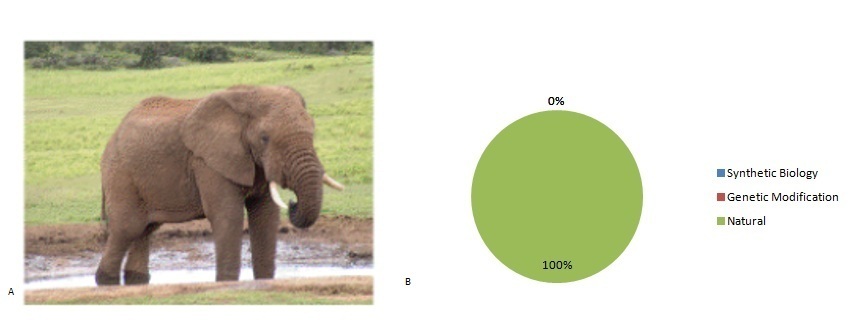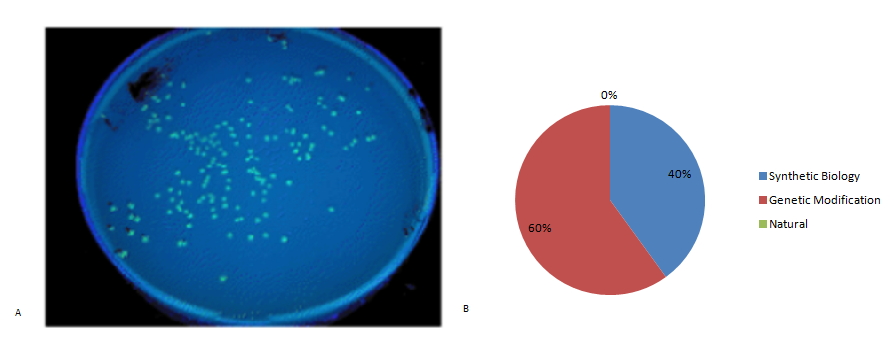Team:UEA-JIC Norwich/Human practices/Interviews
From 2011.igem.org
(Difference between revisions)
| Line 5: | Line 5: | ||
|- | |- | ||
| | | | ||
| - | [[File:Wiki beagle.jpg]] | + | [[File:Wiki beagle.jpg]] |
| - | + | ||
| - | + | ||
<br> | <br> | ||
<br> | <br> | ||
| Line 14: | Line 12: | ||
| | | | ||
[[File:Wiki mouse.jpg]] | [[File:Wiki mouse.jpg]] | ||
| - | |||
| - | |||
<br> | <br> | ||
<br> | <br> | ||
| Line 23: | Line 19: | ||
[[File:Wiki elephant.jpg]] | [[File:Wiki elephant.jpg]] | ||
<br> | <br> | ||
| - | Fig 3.A Wild Elephant image. B. Image data | + | Fig 3.A Wild Elephant image. B. Image data interpretationgenetic modification |
| - | + | ||
| - | + | ||
| - | + | ||
|- | |- | ||
| | | | ||
[[File:Wiki e.coli.png]] | [[File:Wiki e.coli.png]] | ||
| - | |||
| - | |||
<br> | <br> | ||
<br> | <br> | ||
| Line 38: | Line 29: | ||
| | | | ||
[[File:Wiki purple.jpg]] | [[File:Wiki purple.jpg]] | ||
| - | |||
| - | |||
|- } | |- } | ||
Revision as of 15:15, 19 September 2011
UNIVERSITY OF EAST ANGLIA-JOHN INNES CENTRE
 "
"









